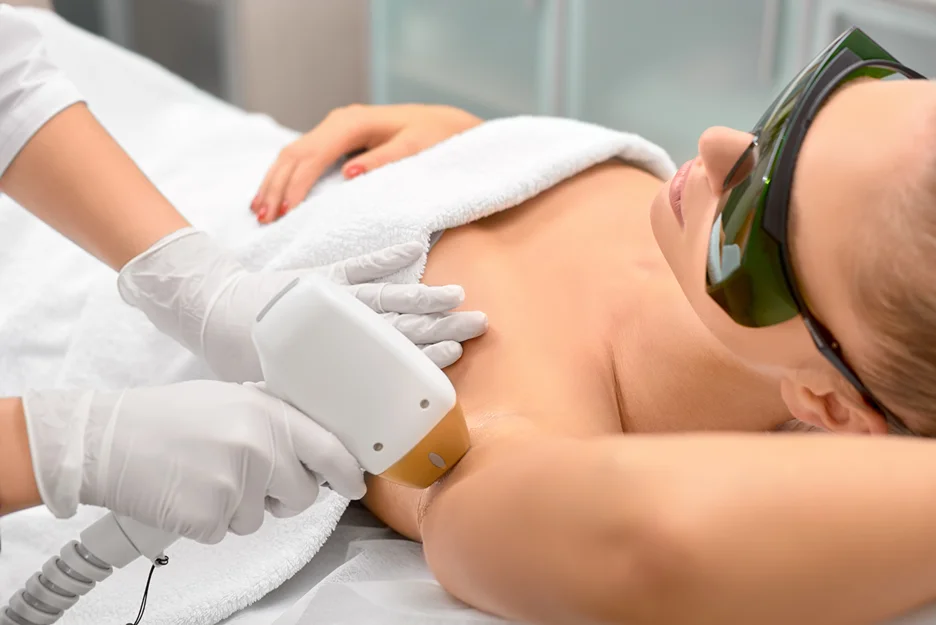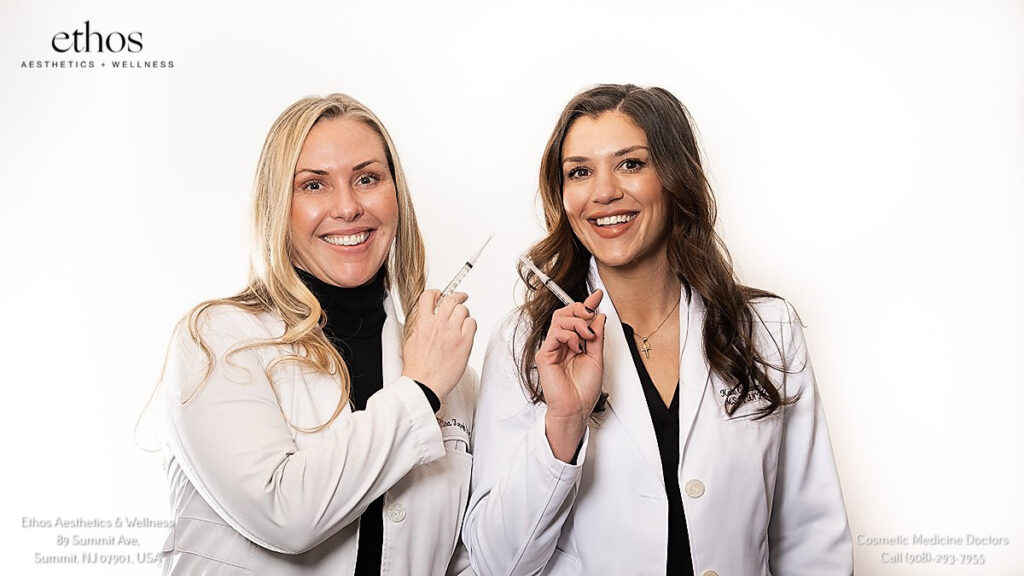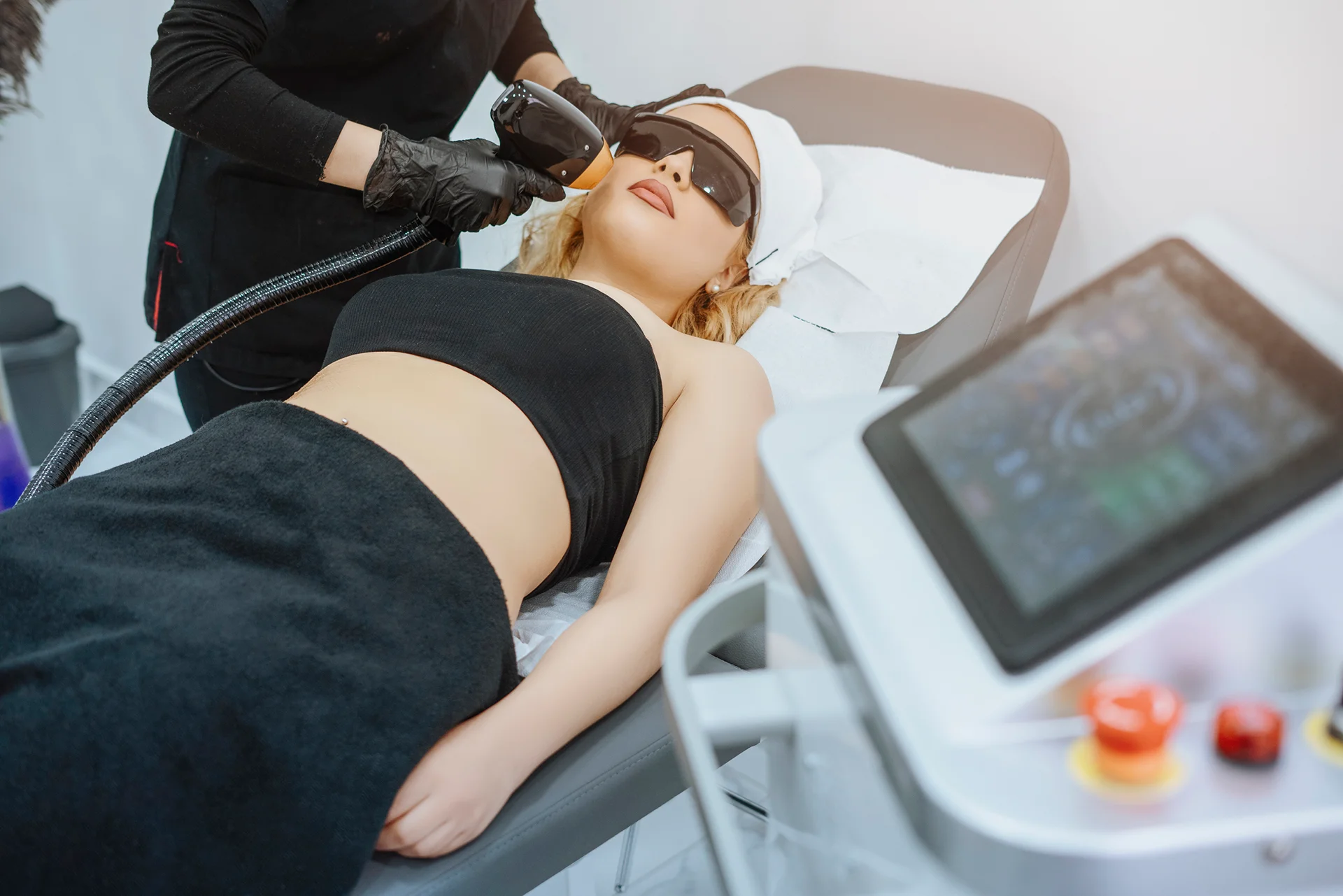Laser hair removal is a popular long-term hair reduction method that uses pulses of light energy delivered by a laser or intense pulsed light (IPL) device to target and destroy the melanin in hair follicles.
The light energy is selectively absorbed by the pigment melanin in the hair follicles, heating them and damaging the hair-producing cells. Over multiple treatments, this reduces or halts new hair growth.
While results vary based on individual factors, most patients see an average 50-70% reduction after the recommended series of 6-8 weekly treatments. Let’s delve deeper into what exactly happens during and after laser hair removal.
What to Expect Post Laser Hair Removal
Within a few hours of the first treatment, it’s common to experience some mild redness, swelling or heat in the treated areas.
This is a normal inflammatory response as the body recognizes and responds to cellular damage from the laser energy. Cold compresses, calamine lotion or anti-itch creams can provide relief for tenderness, itching or irritation which may persist up to 2 days post-treatment.
Signs of infection like increased swelling or pus warrants contacting your laser technician immediately.
Most patients are able to return to regular activities right after a treatment. However, some sensitivity to heat, sun exposure, scrubs or waxing is advised for 1-2 days to allow the treated skin to heal fully without risk of further irritation or injury.
Your technician will review the proper post-treatment care protocol individualized for your needs. While discomfort is usually mild and manageable with over-the-counter remedies, discussing any concerns openly will help tailor expectations and plan for subsequent sessions.
Will My Hair Shed Laser Hair Removal?
In the 1-4 week window after the first laser session, you’ll notice some treated hairs starting to shed from the follicles as damaged hair is ejected to make way for new growth.
This occurs during telogen – the resting phase of the normal hair growth cycle when hairs are normally shed. Exfoliating the treated areas with a soft bristle brush can help remove the excess dead hairs faster and reveal smoother skin underneath.
It’s during this timeframe that most patients report experiencing itchiness localized to treated regions mimicking the sensation of new growth emerging, when in reality the hairs are merely detaching from follicles.
Resist the urge to pick or pull at them prematurely to allow the natural shedding cycle to run its course. Moisturizers and anti-itch gels provide relief until this phase passes.
By weeks 4-6, shedding activity tapers off significantly as laser treatment disrupts the hair regrowth cycle permanently for successfully treated hairs. This paves the way for long-term hair reduction benefits to become apparent over the next few months. But patience remains key to fully realizing laser hair removal’s potential.
Changes Throughout Laser Hair Removal Treatment

The majority of changes crystallize by the 6-8 week mark post first treatment – when pre-existing hairs treated during that session would have completed a full growth cycle. At this point, patients start to notice treated hairs growing back finer, lighter in color and sparser in number with each subsequent session.
By the conclusion of the recommended series (typically 6-8 treatments spaced 3-4 weeks apart), up to 70% of hairs have been permanently removed or greatly suppressed in the treated areas.
However, this varies depending on an individual’s hair and skin type, body area, laser technology used and other lifestyle factors that impact hair growth. More mature, dark hairs in coarse areas like legs respond best initially while lighter, finer hairs on the face may require extra treatments to see similar results.
Consistent follow through with the full treatment schedule tailored for you is vital for achieving long-term hair reduction. Skipping appointments or prolonged gaps risks hairs fully resetting and recurring, diminishing overall effectiveness. This commitment to the process helps maximize benefits for at least 1-3 years after completion of active treatments on average.
Maintaining Laser Hair Removal Results
Hormonal changes from events like pregnancy and menopause, as well as other lifestyle and medical factors can sometimes cause previously treated hairs to regrow or new hairs to develop years post-treatment requiring maintenance touch-ups. Annual check-ups allow technicians to identify and address regrowth early before it impacts the hair removal outcomes.
Areas like the face also tend to see gradual recurrence from environmental aging and require frequent 2-3 month touch-up sessions long-term. Waxing, threading or plucking in between laser appointments helps control regrowth till the next treatment. Staying consistent with recommended maintenance every 6-12 months ensures prolonged enjoyment of your smooth skin without unwanted hair well into the future.
Managing Laser Hair Removal Expectations
While laser hair removal offers superior long-term results compared to temporary methods, it’s not a one-and-done solution. Patients who diligently follow the full treatment protocol tailored for them by their experienced technicians tend to achieve the best outcomes.
Communicating openly about individual goals and any questions or concerns throughout the process also fosters more realistic expectations aligned with what this treatment can safely and effectively deliver based on your unique hair and skin characteristics.
With commitment to both the initial series and ongoing maintenance as needed, laser provides a near-permanent alternative to hair removal with long-lasting smooth skin.
FAQs about What To Expect After Laser Hair Removal
How is my suitability determined? During your initial consultation, your technician will evaluate your medical history as well as factors like hair color, texture, and location to determine if your hair and skin types are suitable candidates based on attributes like hair and skin color contrast.
What can I expect during treatments? Laser hair removal procedures use pulses of light energy to target the pigment in hair follicles. To reduce discomfort, numbing cream may be applied before each laser hair removal session. The treatment feels like a rubber band snapping on your skin. Ice packs are often used between pulses to cool larger treatment areas.
How long do results take? It takes 6-8 weeks to see full results as treated hairs complete their growth cycle. Over multiple laser hair removal appointments spaced 3-4 weeks apart, you’ll notice a reduction in hair growth of 50-70% on average after the recommended series.
Do I need to avoid sun exposure? We recommend limiting direct sunlight on treated areas for 48 hours after each cosmetic procedure to allow your skin time to heal fully and prevent issues like hyperpigmentation from occurring. Tanning beds should also be avoided during this recovery period.
Is maintenance required? While results can last 1-3 years, occasional touch-up laser hair removal appointments are recommended, especially for light-skinned individuals prone to fine hair regrowth triggered by hormonal or environmental factors over time. This helps you maintain hair-free smoothness for the long haul.
Contact Ethos Spa for Your Laser Hair Removal Journey

If you’re ready to embark upon your laser hair removal journey, contact our friendly staff at Ethos Aesthetics + Wellness today. After a private consultation to evaluate your hair and skin, we can recommend a personalized treatment plan using the latest laser and light technologies to safely and effectively reduce unwanted hair long-term.
Click here for our office numbers or to schedule a consultation.







